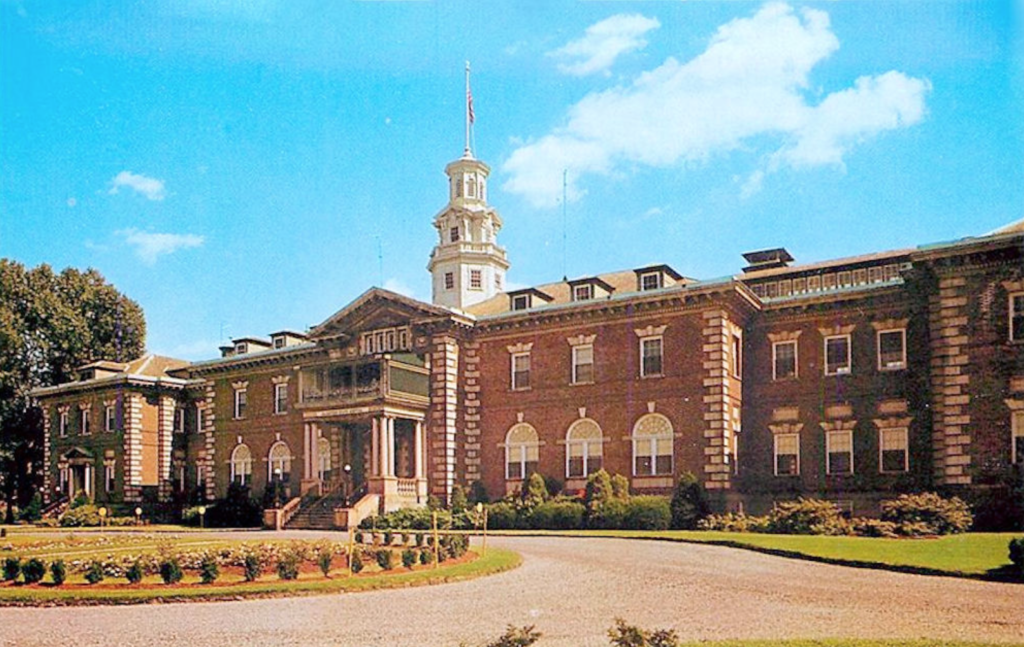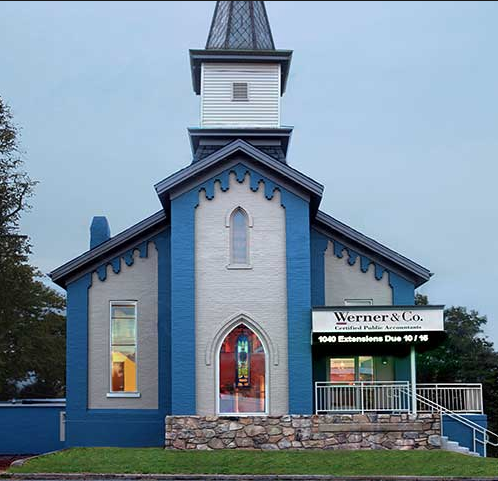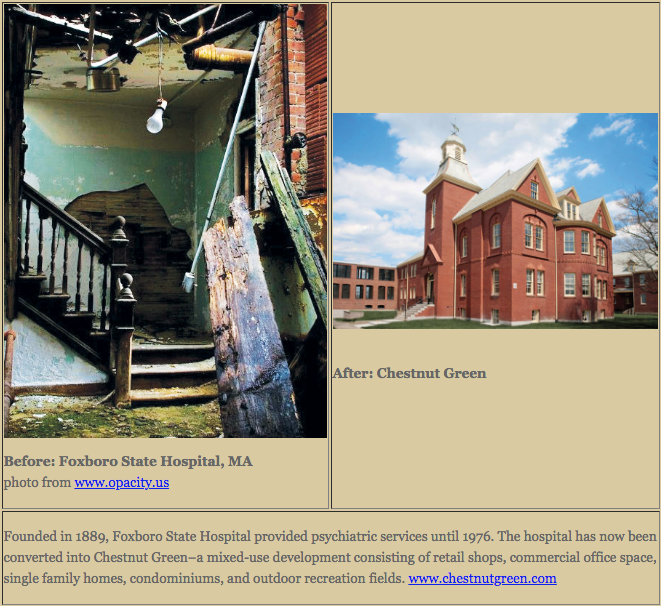Most have heard about the dilemma with the Allentown State Hospital. It was built in 1912 and closed in 2010. A cornerstone of the community, it housed treatment for 2,012 patients at its peak. Since it’s closure, the buildings have sat empty, yet
Many years ago, before I knew what the buildings even were I remember driving past doing a double take, pulling into the campus and taking a walk. The stately grounds and handsome buildings were truly stunning up close. It’s of a character and quality that simply do not get built anymore.
“It is has been said that, at its best, preservation engages the past in a conversation with the present over a mutual concern for the future.” William J. Murtagh, Keeping Time: The History and Theory of Preservation in America

A petition has been established to express a desire to save the Hospital in some form. It’s now surpassed 3000 signatures. Petition here.
An impressive number for the short time it’s been active. While the campus is in the City of Allentown since it’s owned by the state it’s fate is a concern for all residents.
As our communities age, more and more buildings of character with rich histories are finding themselves in need of rejuvenation; adaptive reuse is the conscious decision to preserve the past while planning for the future. It’s reuse of pre-existing buildings for new purposes.
The PA state legislature has, unfortunately, moved forward plans to demolish the campus at a cost to taxpayers of $15 million. This is shortsighted. Of course, the campus has costs associated with allowing it to languish as well. Though, I question the numbers being thrown around (2.2 million a year) as I question a lot of price tags associated with government decision making.
Preservation of this type is not impossible. In fact, around the Country, conscientious communities are putting old institutional sites to new and profitable uses, preserving their local history and boosting their economic base. Is it challenging? You bet. Expensive? Yes. On the backend, however, the economic benefits of historic preservation are enormous. Sometimes to be forward thinking we need to not forget the past. This is called adaptive reuse. We’ve seen it happen on a smaller scale in Lower Macungie with a number of great projects recently. Here is one example. It’s a policy goal to make it even more attractive and feasible. The concept in Lower Mac can be applied to bank barns, farmhouses and other buildings we’re interested in seeing rejuvenated as opposed to bulldozed in favor of a new cookie cutter development.

With the right private partnerships, adaptive reuse is an option for the State Hospital as well. Here is a wonderful resource to explore other similar projects. (many also former state hospitals). Opportunities just as complicated have been resolved with creativity and dedication. It starts with a mindset.

I also wanted to point out. When an article was posted a few days ago about a potential private investor it was immediately shared all over. Petition signatures spiked. Clearly, the community sees value here. Throughout the day the relatively short article became longer as politicians no doubt scrambled to add quotes to build a narrative for demolition. Some concern is valid. But again, other initiatives just as constrained, complicated and costly have moved forward. I’m disappointed that some of the
What our local state politicians should be focusing on is reducing the regulatory burden for private investors who want to save these types of structures. Code requirements are incredibly cumbersome. Of course, some are absolutely necessary. It’s been well documented the asbestos issues with this type of old building. (Again, something that’s been addressed in other similar examples)
Locally, next store in the Borough of Macungie there was a wonderful project by a community conscientious business to build a retail cupcake/coffee shop in an old building of character on Main Street. The couple who own a successful business put a ton of money creating a beautiful space. Unfortunately, the project had to be abandoned because of state requirements to retrofit the building which were in some ways just not feasible because of a zero setback off the sidewalk, but also astronomically expensive. This was such a shame.
State Legislators in our area have supported tax subsidies for strip malls and major grants for warehouses. Projects that without question would have moved forward without government bailouts. Historic rehabilitation and adaptive reuse projects continue to be a struggle. In part because of the regulatory environment. This is a case of misplaced priorities.
The recent Southwest Lehigh Comprehensive Plan scientific survey told us a few things
